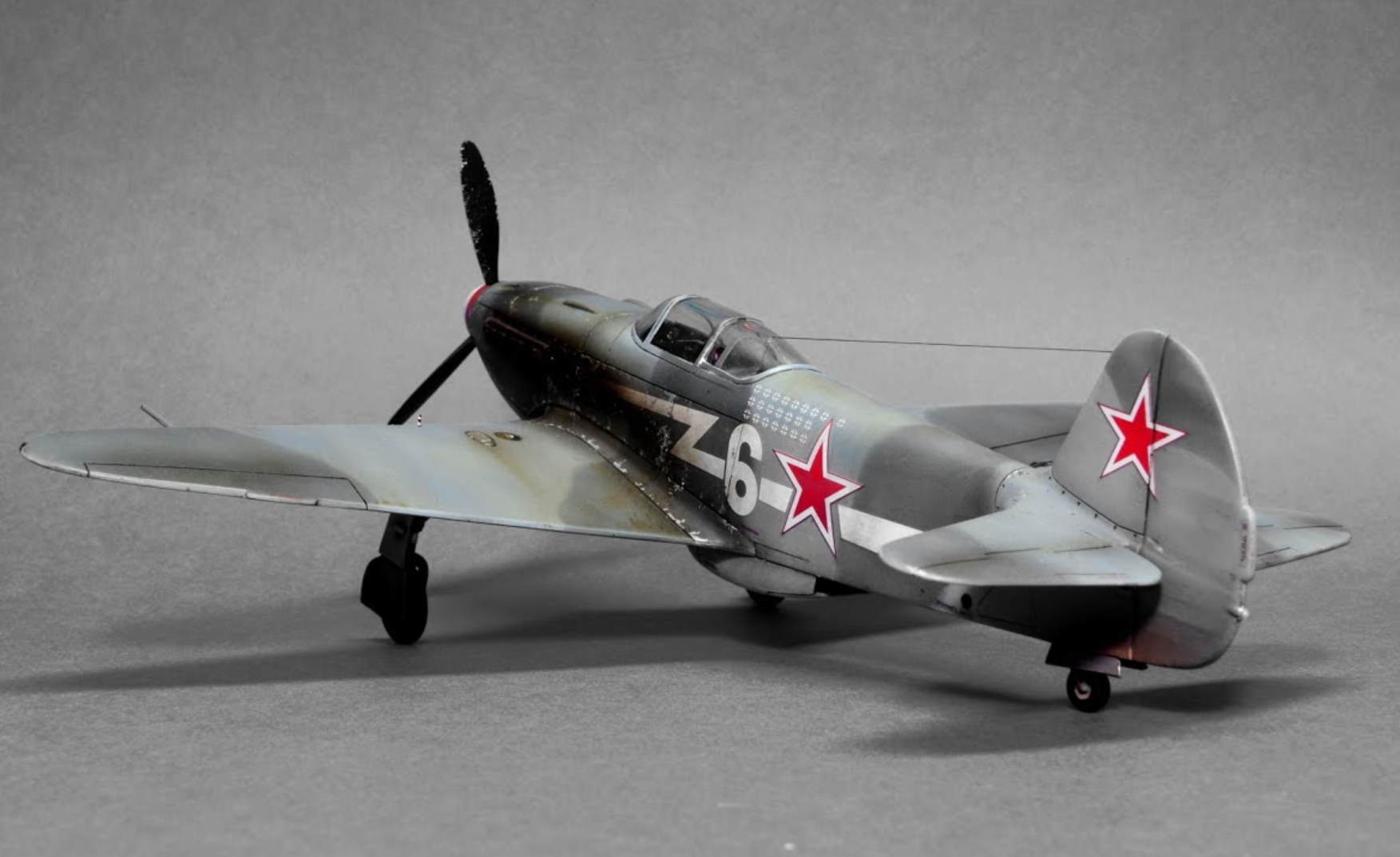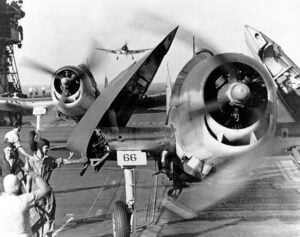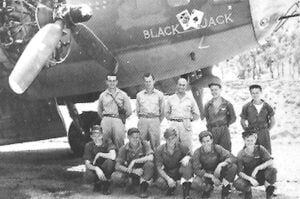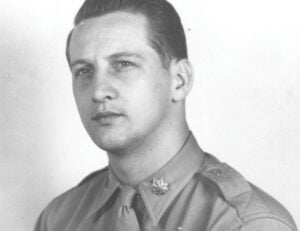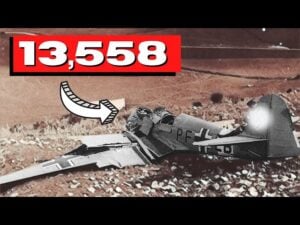The P-51 Mustang Wasn’t the Best Dogfighter — It Was This Tiny, Forgotten WWII Plane
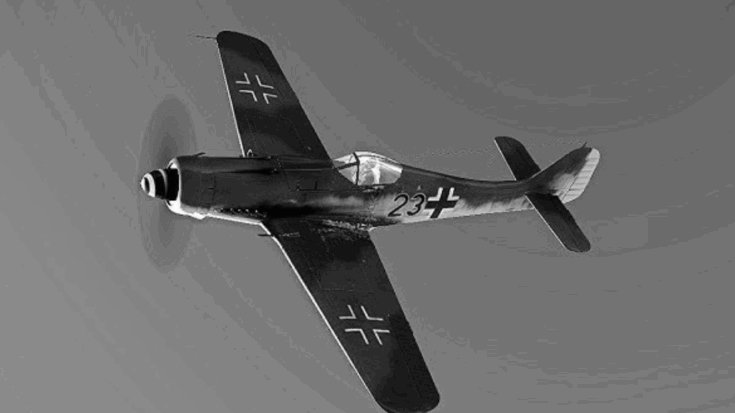
Military History Channel / YouTube
In World War II, many pilots praised the P‑51 Mustang for its speed and range. But one small Soviet fighter stood out in close‑combat: the Yak‑3. Light and agile, it excelled in low‑altitude fights. Unlike the P‑51, built for high‑altitude escort, the Yak‑3 proved its strength in turning and climbing below 13,000 feet. Historians now call it one of the war’s best dogfighters.
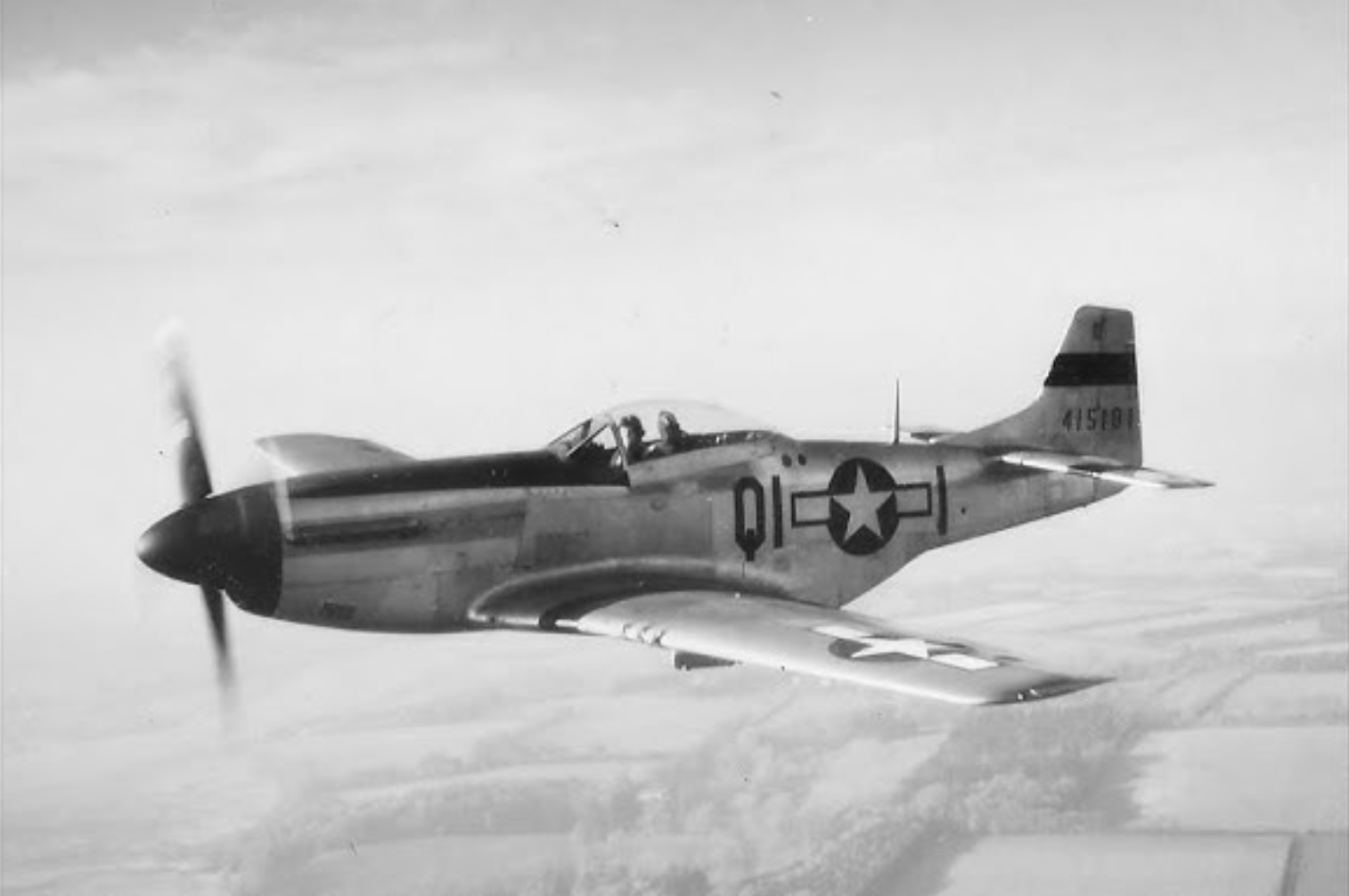
Design for Agility
The Yak‑3 was one of the lightest fighters fielded during the conflict. Weighing just over 4,600 lb empty, it used a powerful Klimov VK‑105PF‑2 V‑12 engine that produced about 1,300 hp. Its small wingspan and low weight gave it a high power‑to‑weight ratio. This combination made it fast to accelerate, quick to climb, and tight in turns—key traits for dogfighting.
Its cockpit sat low and close to the nose, giving pilots excellent visibility—a vital asset during fast, low-level maneuvering . Armament included a 20 mm ShVAK cannon firing through the propeller hub, along with two 12.7 mm Berezin machine guns, all mounted near the aircraft’s centerline to improve accuracy.
Combat Achievements
First reaching frontline units in mid‑1944, the Yak‑3 quickly proved itself. In June and July, one Soviet regiment flew over 400 sorties with minimal losses. On June 16, 1944, eighteen Yak‑3s fought twenty‑four German fighters, shooting down fifteen while losing just one—an exceptional result. The next month, eight Yak‑3s attacked a formation of sixty adversaries, again with no losses.
Its reputation grew so strong that German pilots were ordered to avoid dogfighting Yak‑3s below about 5,000 m—especially models without the front oil cooler scoop. Its power‑to‑weight ratio made it agile both vertically and horizontally in low-to-mid altitudes.
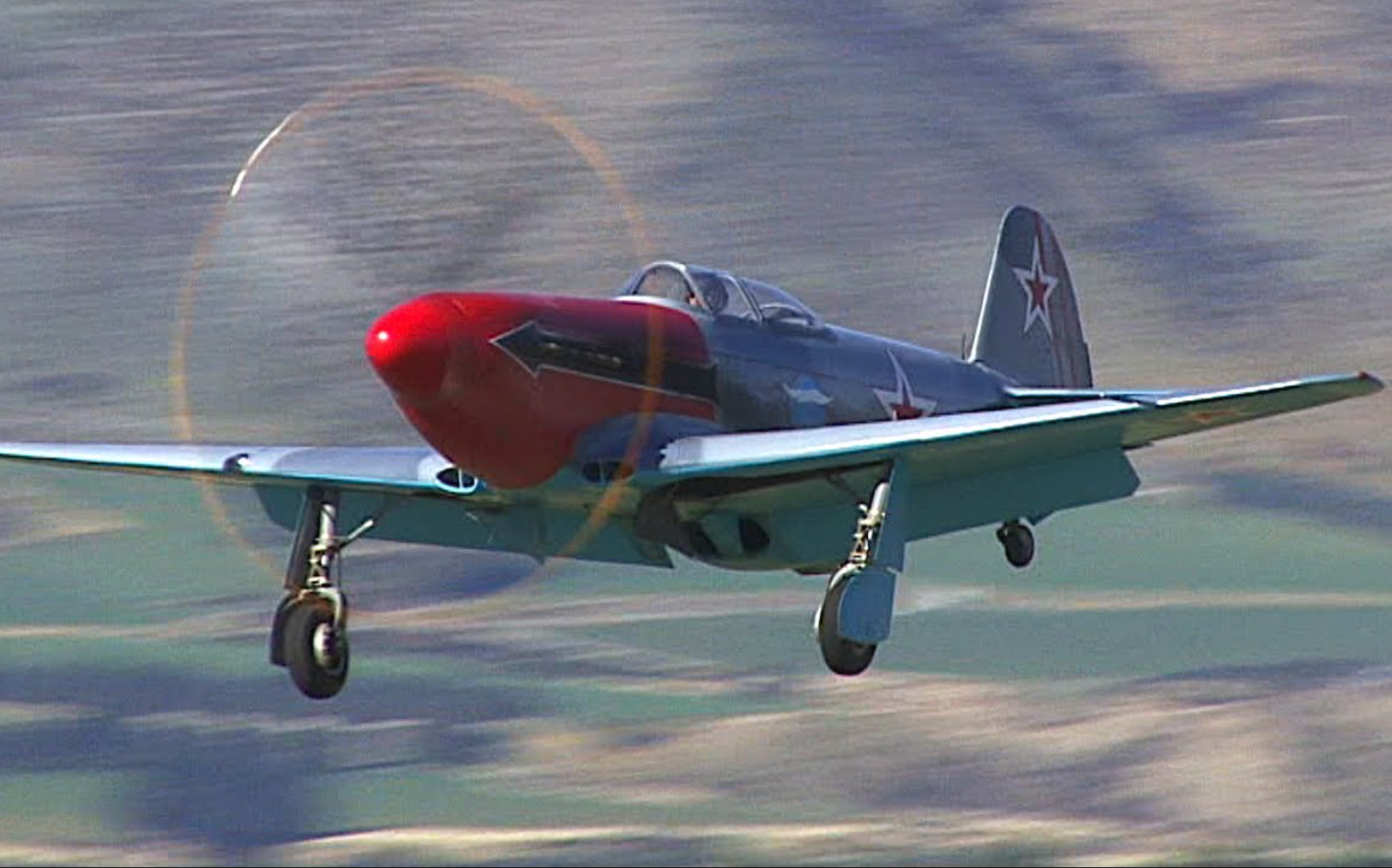
How It Compared to the Mustang
Above 13,000 ft, the P‑51 Mustang held clear advantages in speed, climb, and energy retention. It was designed for high‑altitude long-range escort, while the Yak‑3 was optimized for low, quick engagements. At these lower altitudes, the Yak‑3 could turn tighter, accelerate faster, and climb more quickly than the P‑51, making it dangerous in close-in dogfights.
Yak‑3 pilots and ground crews praised its simplicity and effectiveness. One veteran remembered how intimidating the plane could be, saying once they flew Yak‑3s they felt unstoppable compared to their adversaries. Even some Western pilots noted its tight turns could outclass Bf 109s and FW 190s in low‑level dogfights.
Final Thoughts
The Yak‑3 was not built for high-altitude escort missions. Instead, it was tailor‑made for low‑level combat, where its light frame, powerful engine, and agile handling made it a true dogfighter. While it lacked the P‑51’s range and ceiling, in its element, the Yak‑3 proved a worthy rival—so much so that even enemy flyers spoke of it with caution.
